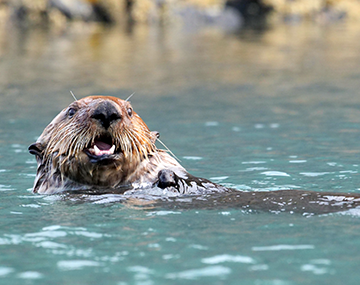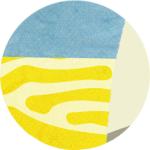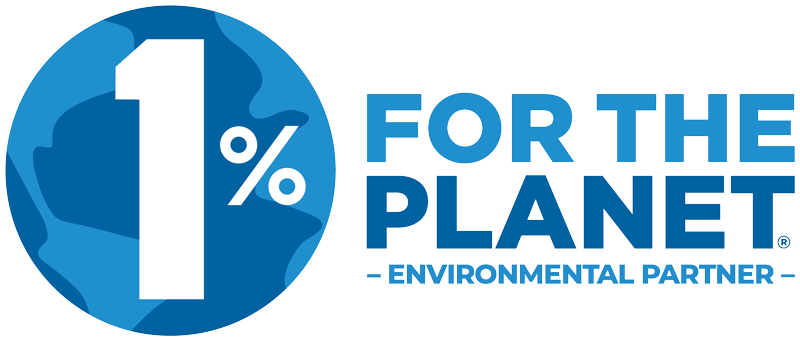
Chapter 10: Animal Health and Welfare Considerations

Animal health involves protection from both infectious and noninfectious diseases.

Infectious Diseases
The infectious diseases most likely to threaten sea otters are:
- morbillivirus – undoubtedly the most concerning infectious disease for sea otters
- Influenza virus
- bacterial diseases – unlikely to pose a significant, population-level threat to a reintroduced sea otter population along the Oregon coast
- fungal diseases – Only one fungal disease warrants discussion: coccidioidomycosis (otherwise known as Valley fever). The primary risk to sea otters is associated with adjacency to the San Joaquin Valley.
- parasitic diseases

Chapter 10
- Animal Health
- Infectious Disease
- Noninfectious Disease
- Trauma-Caused Disease
- Animal Welfare
- Summary
- Final Conclusions
Noninfectious Diseases
- Toxic diseases
- domoic acid (DA) intoxication
- saxitoxin intoxication
- microcystin intoxication
- tributyltin
- other contaminants (e.g., methylmercury, PCBs)
- oil spills
- Trauma-caused diseases
- shark bite
- human-caused trauma (e.g., vessel traffic, fishing-gear entanglement, gunshot, blunt trauma to the skull)
Animal Welfare
Animal welfare is more subjective and speculative than animal health. While animal welfare is becoming more science-based, it evaluates an animal’s state at any one point in time, is described on a continuum from good to poor, and varies, often dramatically, within a group of animals and over time. It is generally determined based on five factors:
- Nutritionally complete diets—in quantity, familiarity, safety, and accessibility
- Comfortable living experiences—that are appropriate for the species, provide the ability to rest, offer haul-out opportunities, and prevent risks from humans
- Good physical health—humans help to mitigate known disease risk and provide live-stranding responses, carcass recovery and processing, and potential rehabilitation opportunities
- Adequate social structure—per group size, sex ratio, age range, and site fidelity
- Freedom from chronic stressors—e.g., boat traffic, ecotourism disturbances, inadequate refugia, interspecies interactions
Learn More
- Chapter 1 – Intro
- Chapter 2 – Prior History
- Chapter 3 – Population impacts
- Chapter 4 – Genetic considerations
- Chapter 5 – Ecosystem effects
- Chapter 6 – Habitat suitability
- Chapter 7 – Socioeconomics
- Chapter 8 – Admin/legal issues
- Chapter 9 – Logistics
- Chapter 10 – Health & welfare
- Chapter 11 – Stakeholder issues
- Chapter 12 – Conclusions
- Appendices: ORSO app, maps
Related: Reintroduction Economic Study
Key Terms
Click on the following key terms used on this web page to see their definitions on the glossary page:


